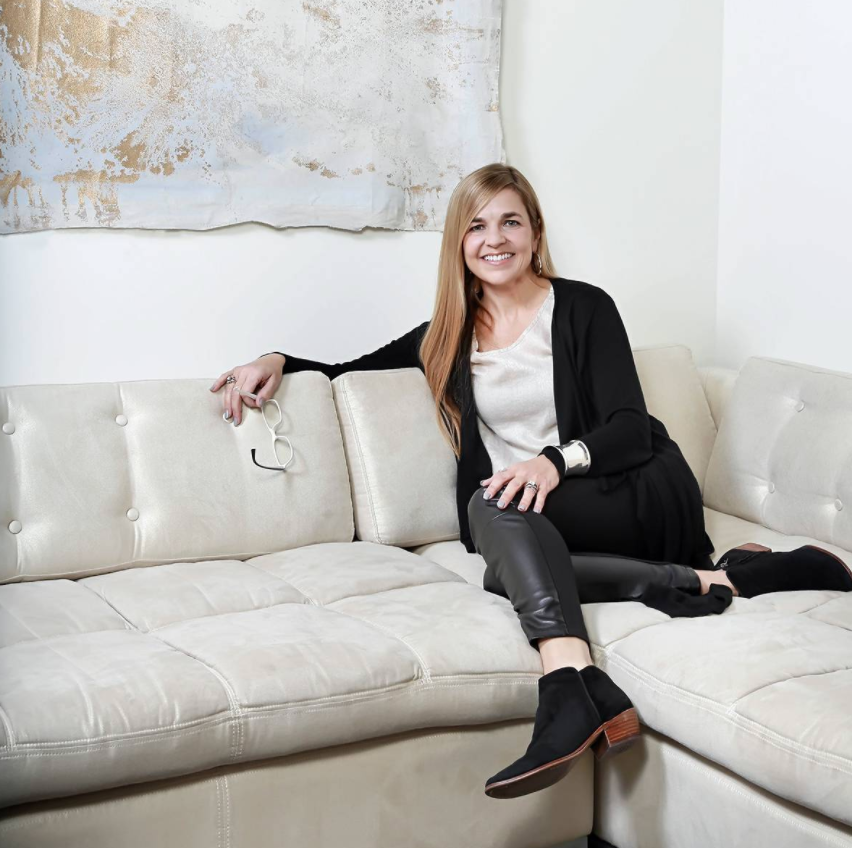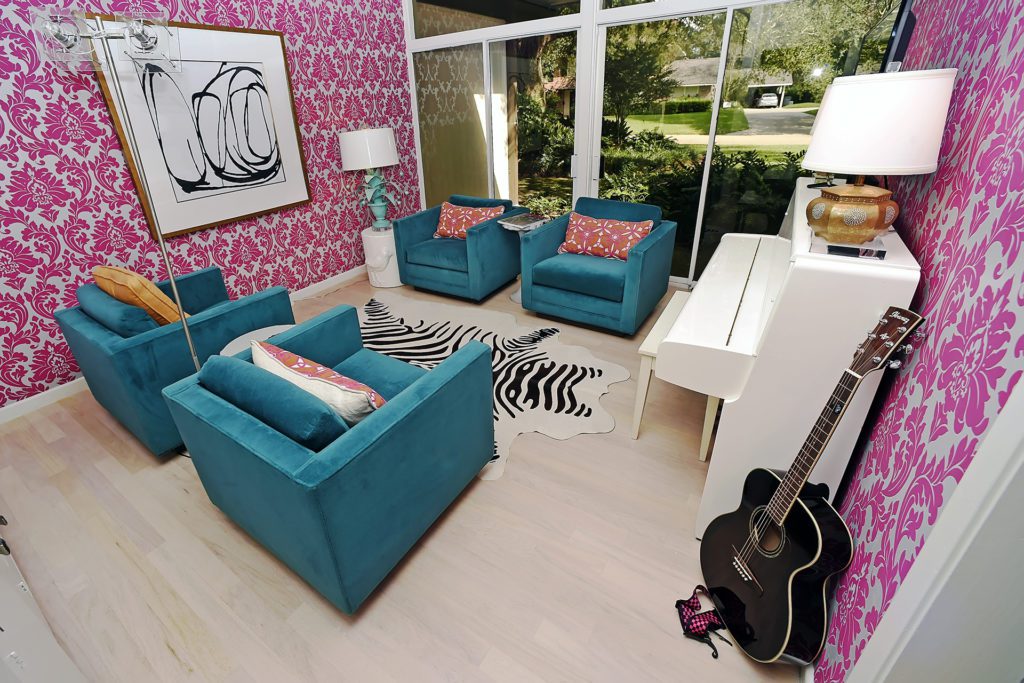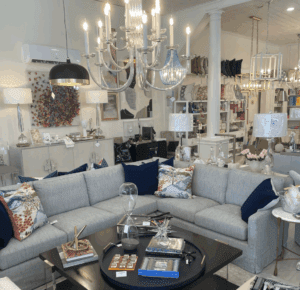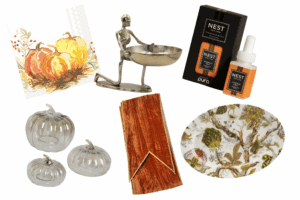Discovering your personal interior design aesthetic with Erin DeBosier
Scrolling through Pinterest, poring over a home in Architectural Digest or gushing about a friend’s new kitchen renovation are all great ways to determine what it is you like about a home, but it doesn’t necessarily define your own interior design aesthetic. Like putting the idea of a painting into words, explaining your design aesthetic can be quite challenging. But decorator Erin DeBosier of SPACES by Erin DeBosier can help you tap into your inner design aesthetic with a few simple methods.

“One of the things I like to ask my clients is: If you’re going on vacation, where would you go and where would you stay?” says DeBosier. “Because you tend to gravitate toward places that are pleasing to you visually but aren’t necessarily what you have at home.”
As a personal tool, DeBosier’s method can serve to unlock the imagination, making it easier for clients to better understand what it is they’re looking for.
“When you find out some of those destination fantasies, then you can incorporate elements of that into some of the things you might be doing in your home,” says DeBosier. “It doesn’t have to be a whole room that you’re changing. It could be just a few pieces to give it that feel.”
If you’re an admirer of midcentury modern, DeBosier recommends pulling out pieces of that design to help build your own aesthetic–it doesn’t need to be an exact recreation. Also, DeBosier has found that it helps many clients nail down a style when they can choose things with zero limitations to hold them back.
“What color would you pick or how would you decorate a room if you had no budget, no one to judge you, no one else to consider except your own tastes or no consideration for the rest of your house?” asks DeBosier.
When you’re not held to anything specific, it makes the process of determining your aesthetic far easier, instead of fussing about the logistics of a design. Think of it this way, says DeBosier: Where do you like to shop?
“You can pay attention to how they dress or where they shop and that can give you an idea of what their design aesthetic might be if they can’t define it for themselves,” says DeBosier. “You can also pay attention to where you look for home interiors.”

When imagining a dream home, one might have the urge to hop on Pinterest and sift through pins to build a picturesque home. And although social media tools are a common way to keep track of tastes and desires, DeBosier doesn’t recommend solely relying on them to help nail down the details of a dream home.
“Pinterest can be misleading because a client might not know what they like about the room, they’re just seeing a whole picture,” says DeBosier. “And when you start seeing all these pictures, there’s going to be contrasting ideas within those boards. It’s a good starting point, but it depends on the generation of the people you’re working with. Pinterest is not utilized by half of my clientele.”
As a designer, DeBosier looks for inspiration through various outlets–specifically High Point Market, one of the largest furnishings industry trade show in the world, located in North Carolina.
“I go to High Point Market every year,” says DeBosier. “It’s a great place to gain perspective.”
The next best place: real estate.
“You can see so much on Realtor.com and Zillow,” says DeBosier. “I’ll find cities all over the country and I’ll look at the houses they have for sale to see what others are doing. It gives me inspiration because I’m always trying to stay ahead rather than catch up.”
And while DeBosier’s methods of nailing down a personal aesthetic are quite simple, they require one very important element: time. Because style is unique to each individual, she encourages her clients to dig deep when finding their aesthetic so that they may be included throughout the entire process.
“I want to know what my clients desire. They may get something different from what they initially said that they liked because if I just gave clients what they liked, then I haven’t taken them very far,” says DeBosier. “You have to push the envelope with them, but you don’t want their home to feel foreign to them. You want them to feel comfortable.”
To learn more about DeBosier and her work, visit spacesbyerin.com.












